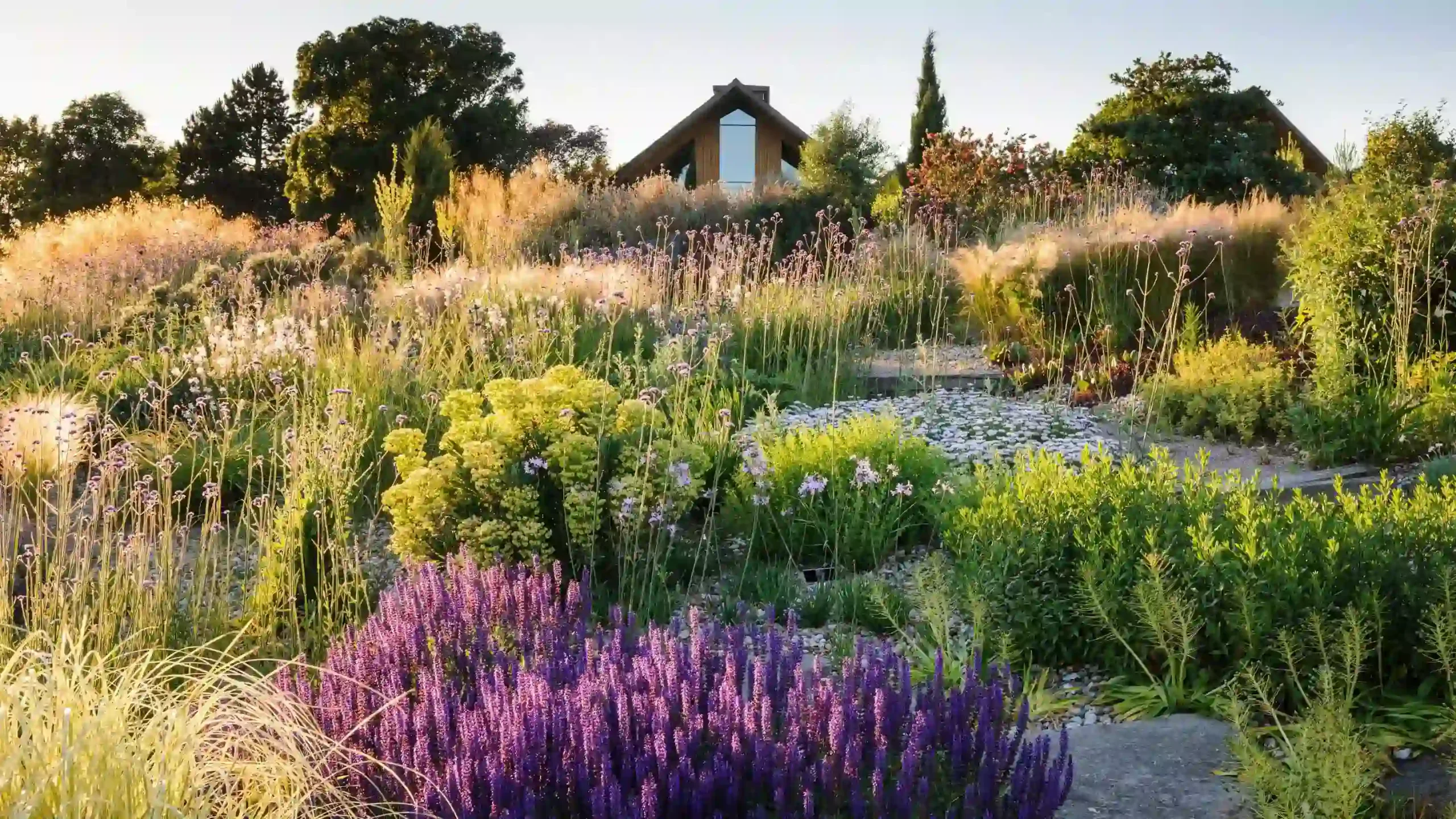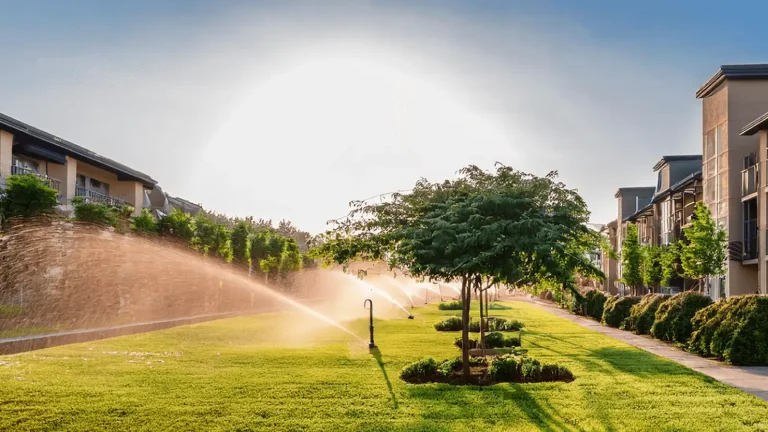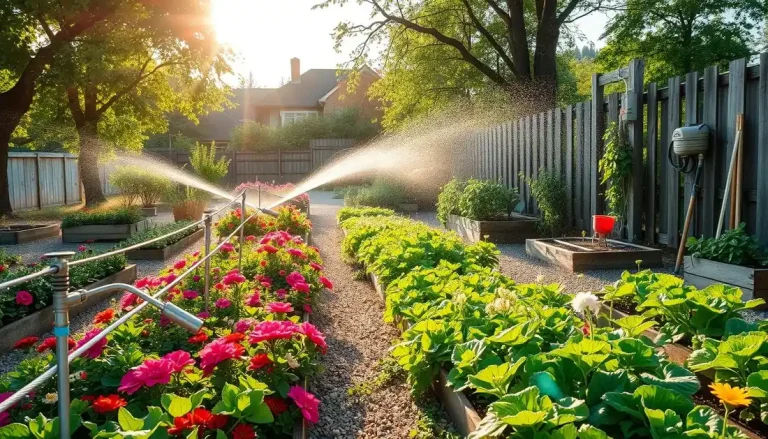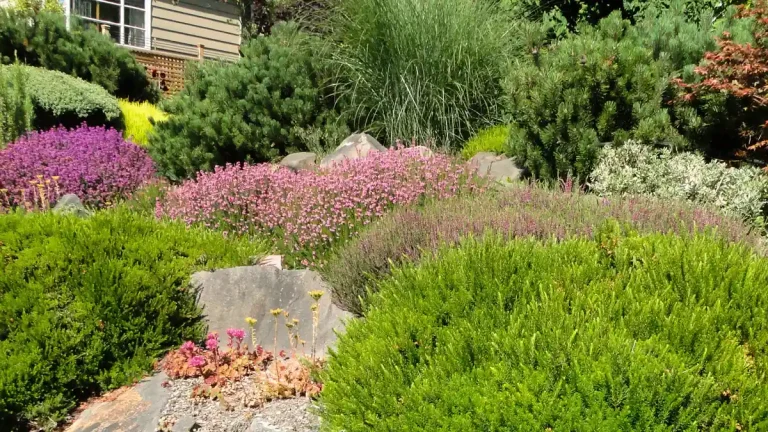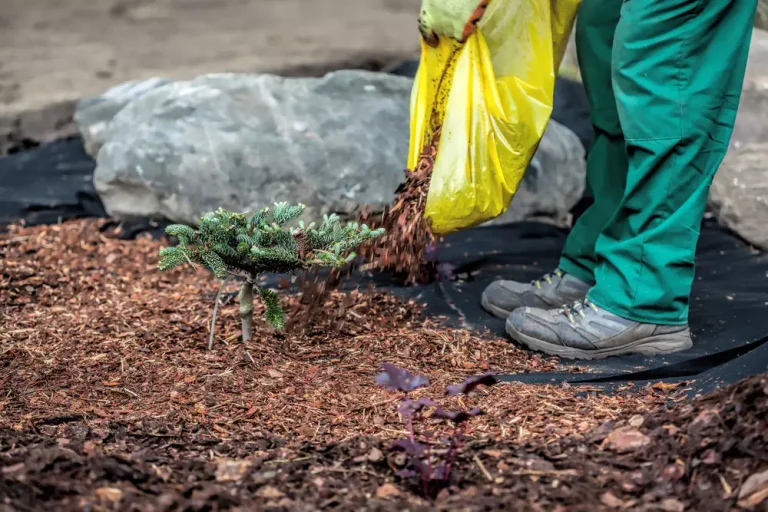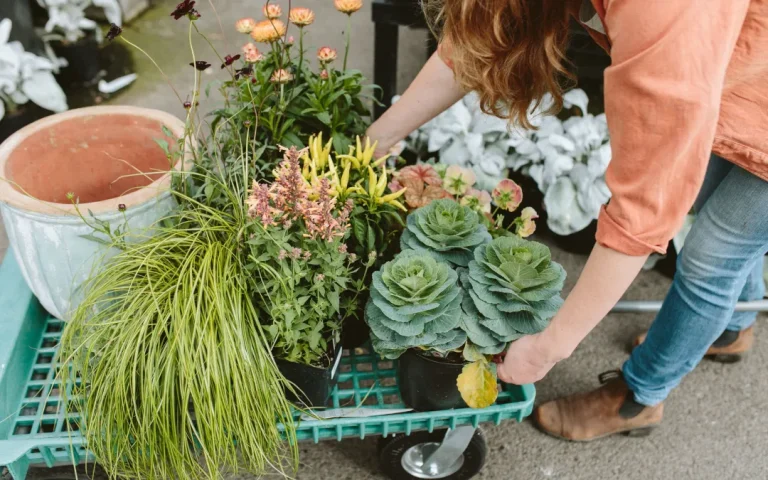Rare Native Plants for Sustainable Gardens: How to Source, Plant & Maintain Them
Not all native plants are equal in ecological impact. Introducing rare native plants into sustainable gardens serves multiple purposes: genetic conservation, habitat enrichment, and unique aesthetic value. These less commonly cultivated species often require more care initially but reward gardeners with biodiversity value and distinctive character.
By incorporating rare natives, garden stewards contribute to ex situ conservation, building living collections of species that may be threatened or underrepresented. That said, caution is required many rare plants have specific habitat requirements or limited ranges, so adaptation and sourcing become critical factors in success.
Criteria for Choosing Rare Native Plants in Sustainable Gardens
Ecological Compatibility & Local Provenance
Rare native species must be matched to environments they can thrive. Soil type, moisture, light, competition, and climate must align with their natural preferences. Choose plants proven in your bioregion or as close to the original habitat as possible to ensure adaptability and reduce failure.
Also consider genetic provenance: plants sourced from local populations often perform better and avoid maladaptation or hybridization. When sourcing rare natives, check whether the seed stock is from local ecotypes or responsibly propagated lines.
Rarity Risk & Legal/Conservation Constraints
Because these plants may be endangered or restricted, you should verify legal status, collection permits, and sustainable propagation practices. Many conservation agencies restrict the wild collection of seeds. Seek nurseries or botanical partners authorized to grow rare plants under conservation frameworks.
Also, rare plants can sometimes be more sensitive to disturbances, pests, or competition. Evaluate risk tolerance and maintenance readiness before integrating them at scale.
Aesthetic & Functional Utility
Rare natives should contribute to your garden by offering unique form, bloom color, texture, or seasonal interest beyond being “rare.” When they can serve functional roles (e.g., erosion control, pollinator habitat, structural accents), they earn their place in a sustainable design.
Ecological & Garden Benefits of Rare Native Plants
Enhancing Biodiversity & Ecosystem Resilience
Rare natives often fill niche ecological roles serving host plants for specialized insects, linking fragmented habitats, or maintaining genetic diversity. Cultivating them in gardens helps regional resilience and contributes to conservation goals.
When multiple rare natives are added across gardens in a landscape, they can create pollinator corridors and gene flow between populations. Gardens thus become micro-reserves, rather than just decorative patches.
Unique Aesthetic Value
Rare plants often bring uncommon forms, colors, or floral structures that typical natives lack. They become conversation pieces or focal elements in sustainable gardens. Their rarity adds prestige to a garden collection, making the garden more than merely functional; it’s a curated display of botanical heritage.
Educational & Conservation Messaging
A garden featuring rare native plants becomes a platform for education and awareness. Visitors can learn about threatened species, conservation, and ecological responsibility. Because rare species tend to draw interest, they amplify the value and purpose of sustainable gardens.
Long-Term Financial & Ethical Value
Though harder to establish, rare natives can elevate property value, particularly for buyers who appreciate ecological landscaping. Ethically, investing in rare native cultivation supports conservation missions, offsetting habitat loss by sustaining living specimens.
Example Rare Native Plant Products & Propagules
Below are five illustrative rare native plant or seed products that could be integrated into sustainable gardens. These are examples; actual species must be chosen according to your region and conservation guidelines.
1. Penstemon ‘Firecracker’ Seed
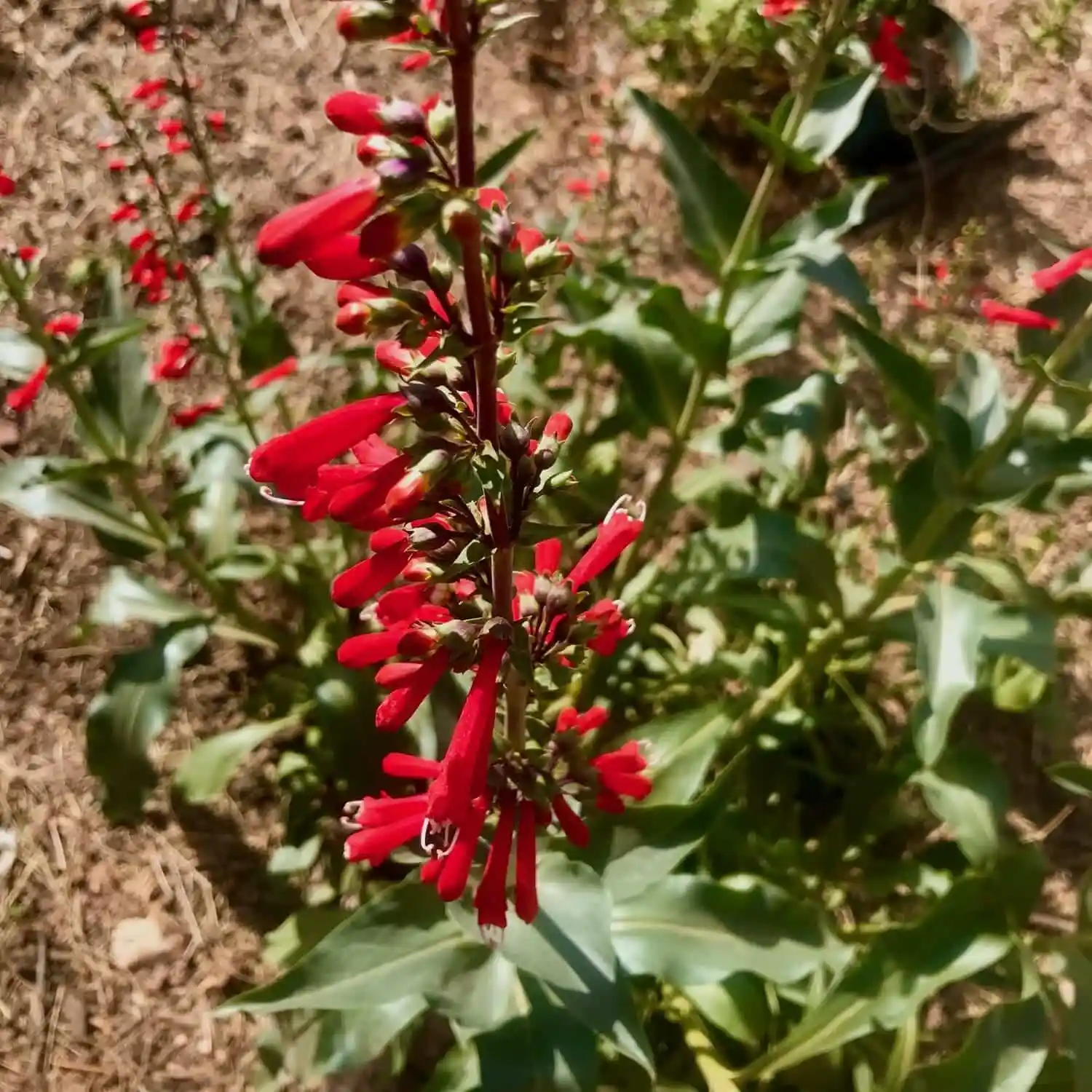
‘Firecracker’ Seed is a variety of penstemon prized for its vivid tubular red blooms, attractive to hummingbirds.
Details & Benefits:
-
These seeds produce a lesser-known cultivar that is somewhat rare in the ornamental trade.
-
Flowers act as nectar sources for specialized pollinators.
-
The tubular red blooms provide visual drama and seasonal interest.
-
Once established, penstemon tolerates drought and poor soils.
Use Case / Problem Solved:
If your garden lacks vertical color or pollinator-attracting structure, Penstemon ‘Firecracker’ can serve as a rare accent in a mixed native planting. It solves the issue of common species blending too much; instead, this plant adds contrast without being invasive.
Where to Buy / How to Buy:
Available via specialty seed houses like Snake River Seed Cooperative. For upscale sustainable gardens, order clean, high-purity seed; prioritize suppliers with conservation or native plant credentials.
2. Thalictrum Dasycarpum Seeds
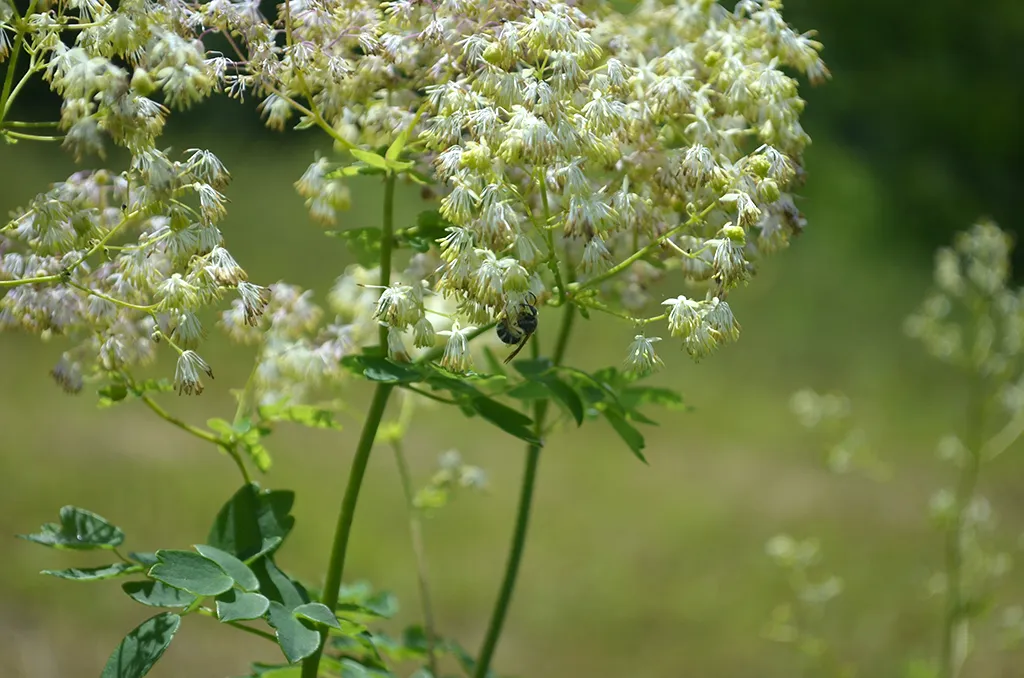
This is a seed offering of Thalictrum Dasycarpum, a less common meadow or woodland species known for airy, delicate foliage and blooms.
Details & Benefits:
-
Produces feathery foliage and delicate blossoms, excellent for softening edges or understory layers.
-
Adds texture and contrast in shade-transition zones.
-
Not commonly found in mainstream nurseries, making it a botanical “treasure” in native plant collections.
Use Case / Problem Solved:
When a garden feels too rigid or lacks subtle layering, Thalictrum dasycarpum can soften the palette. It helps fill mid-shade zones with elegance, bridging between taller shrubs and groundcover natives.
Where to Buy / How to Buy:
Available from niche seed suppliers such as Plant World Seeds. For success, start with plug or liner stock in regions where direct seeding is uncertain.
3. Endangered Jade Flower Seeds
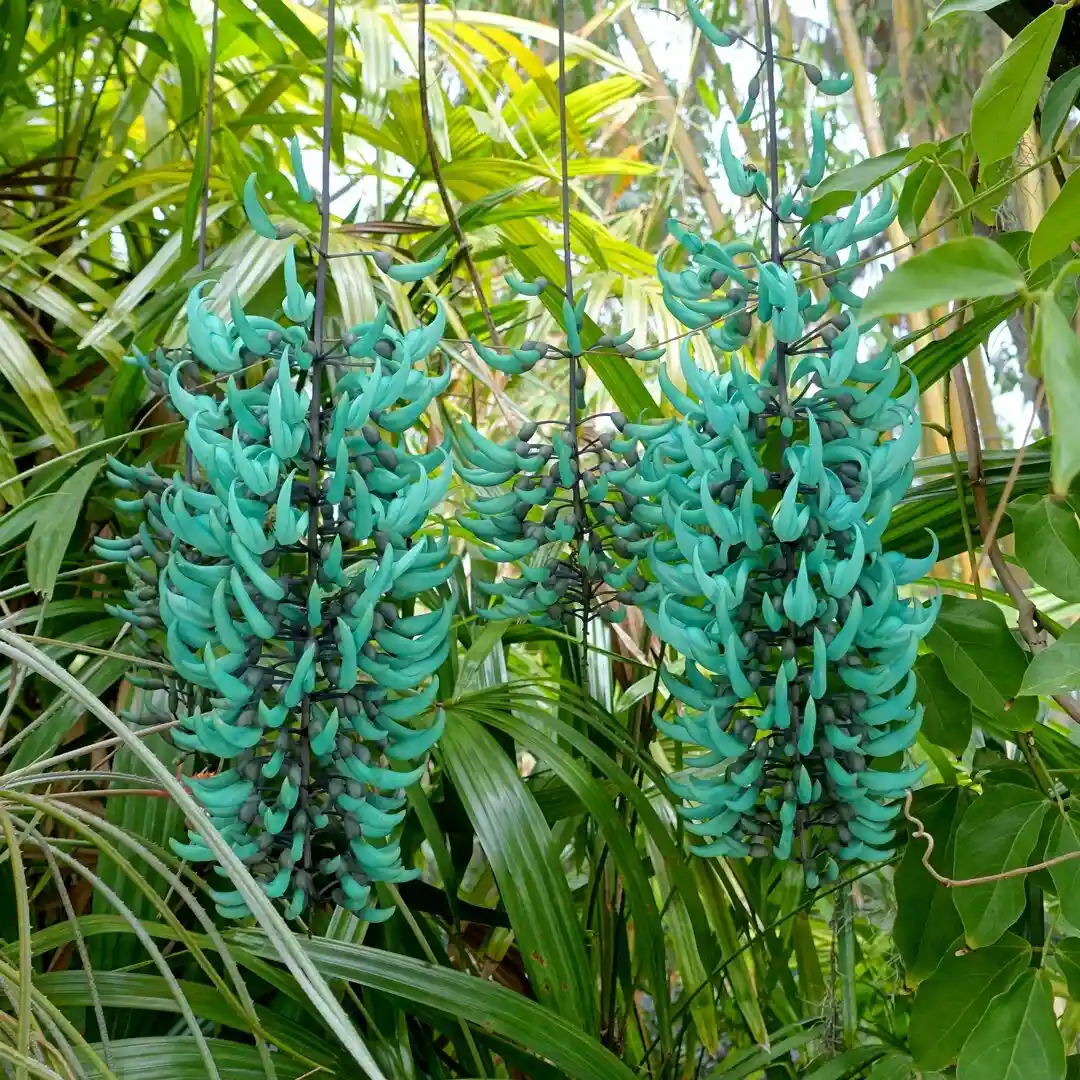
Endangered Jade Flower Seed is a rare, conservation-oriented seed offering for the endangered Jade Flower species.
Details & Benefits:
-
While deeply niche, these seeds allow gardeners to support conservation propagation projects.
-
The plant’s ornamental form adds a rare focal element.
-
Cultivation helps maintain genetic stock in controlled gardens, contributing to species survival.
Use Case / Problem Solved:
If your sustainable garden aims to participate in conservation networks, Endangered Jade Flower offers a rare, symbolic specimen. It addresses the gap of little-known species in ornamental settings and inspires conversation about plant preservation.
Where to Buy / How to Buy:
Available from Seedfella and similar rare seed vendors. Always verify legality and permit compliance before purchasing. For botanical gardens or serious collectors, confirm provenance and conservation credentials.
4. Scandia rosifolia (Native Angelica) Seeds
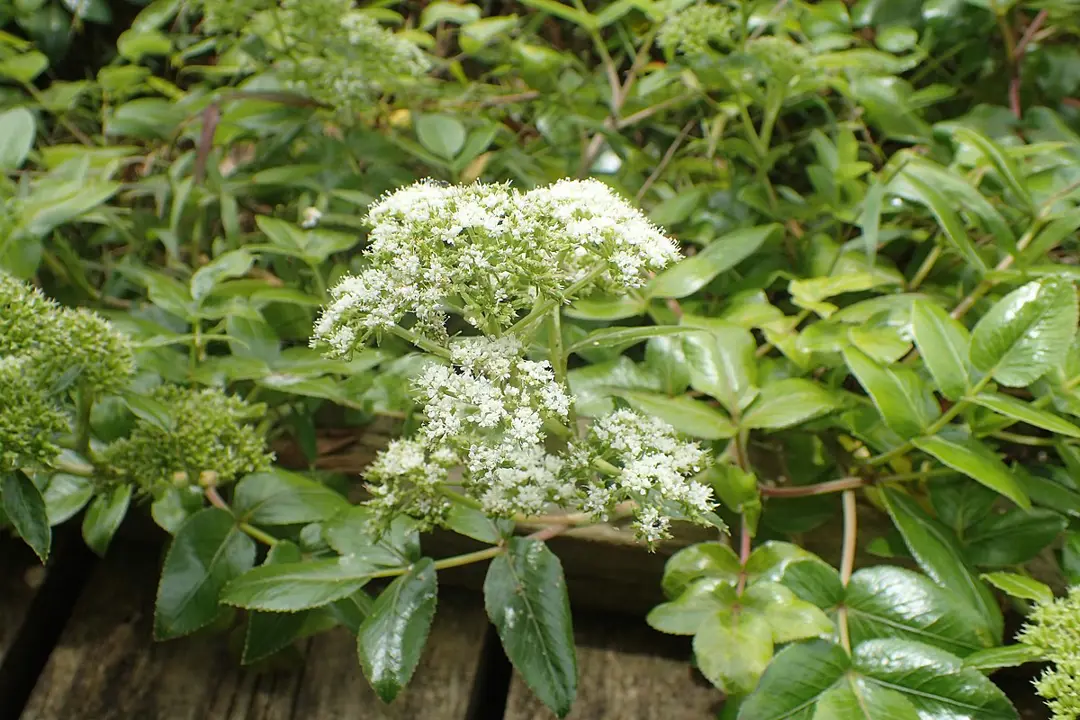
Seeds of Scandia Rosifolia, an angelica species native to New Zealand and used in native landscaping.
Details & Benefits:
-
Offers architectural foliage, umbels of flowers, and seasonal texture.
-
Underutilized in mainstream horticulture, thus rare in the horticulture trade.
-
Complements taller perennials and shrubs with vertical form.
Use Case / Problem Solved:
When a sustainable garden needs structural contrast or seasonal interest without resorting to exotic ornamental plants, Scandia rosifolia fills that gap. It solves the aesthetic challenge of “too many small-flowered perennials” by bringing form and presence.
Where to Buy / How to Buy:
Found via eBay listings, because this is a region-specific native, ensure your climate and soil conditions are compatible before planting. In cooler to temperate gardens, start in pots before full installation.
5. Lychnis viscaria “Schnee” Seeds
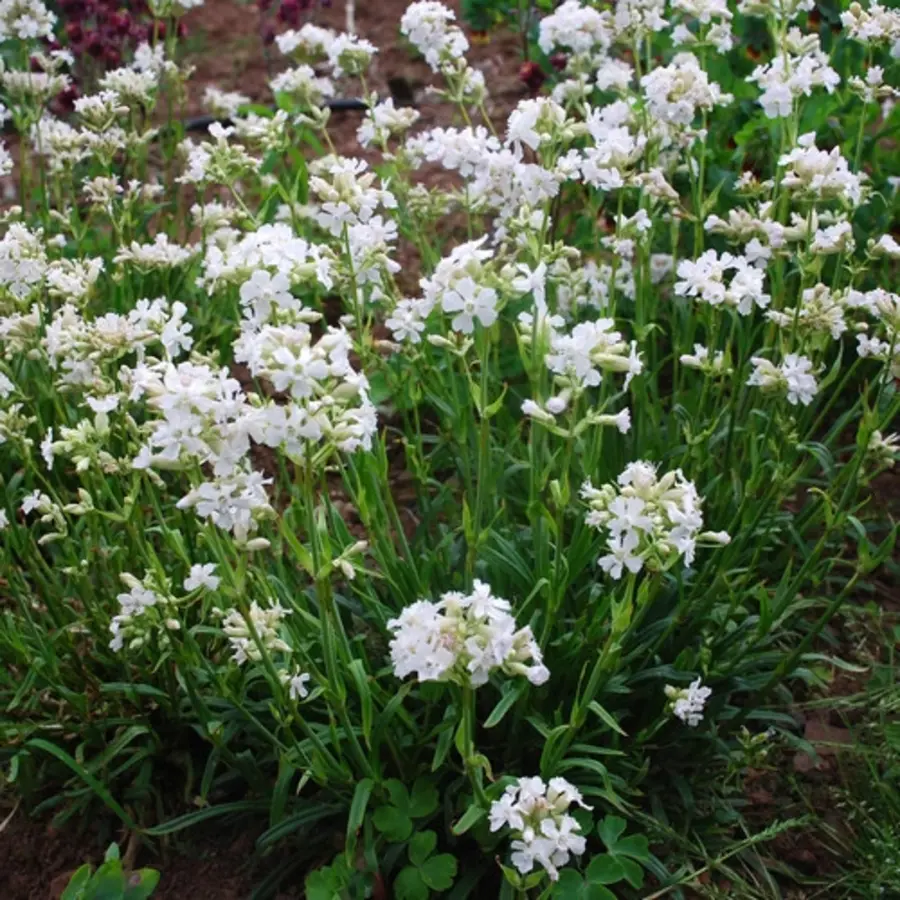
Seeds of Lychnis viscaria “Schnee”, a variety of the Lychnis genus known for its delicate foliage and blooms.
Details & Benefits:
-
Adds a rare floral accent with subtle color.
-
Typically underused in native landscapes, making it distinct.
-
Can be integrated into edge zones, cottage-style beds, or pollinator margins.
Use Case / Problem Solved:
For gardens lacking gentle romantic or cottage elements, Lychnis viscaria “Schnee” brings softness and seasonal layering without dominating. It solves the monotony challenge of purely structural or bold species by inserting nuance.
Where to Buy / How to Buy:
Available via Plant World Seeds. For sustainable gardens, incorporate such rare seed stock in low-risk zones (not high-traffic or wind-exposed areas).
How to Incorporate Rare Native Plants Into Sustainable Garden Design
Phased Introduction & Buffer Zones
Because rare natives can be more vulnerable, introduce them in phased plantings alongside more forgiving or common natives. Use buffer zones of hardy species to shield them from wind, shade, or extreme conditions until they establish.
Microhabitat Replication
Study the native habitat of rare species (soil type, shade, moisture, root space) and replicate those conditions in garden pockets. Use soil amendments, rock placement, drainage modification, or micro-shelters to approximate original niches.
Propagation & Backup Strategies
Grow duplicates or propagules (cuttings, divisions, seed) to avoid relying on a single plant. This ensures that if one fails, others persist. Maintain seed banking or tissue culture backups if the species is truly rare.
Monitoring & Adaptive Care
Rare natives often respond poorly to neglect. Monitor soil moisture, pests, competition, and light balance. Adjust watering (often more in early seasons), remove competing weeds, and prune gently to shape growth. Over time, reduce intervention as the plant stabilizes.
Integration with Ecosystem Design
Don’t isolate rare natives. Integrate pollinator corridors, companion species, host plants, and structural diversity so the rare species becomes a functional part of the garden ecosystem rather than isolated curiosities.
Challenges & How to Mitigate Them
-
Poor establishment: Many rare natives struggle in garden environments. Use nursery-grown stock when possible.
-
Competition from aggressive plants: Control surrounding species to prevent crowding.
-
Propagation difficulty: Some rare plants resist division or rooting; seed protocols may include stratification or dormancy breaks.
-
Legal constraints: Ensure you have permits or source plants legally, especially if species are endangered or restricted.
-
Climate mismatch: Rare species from very narrow ranges may fail in climates unlike their original range. Start in controlled zones or microclimates before full planting.
As the Center for Plant Conservation notes, “growing rare plants is not always straightforward; not all species are suited to garden environments.”
Given these risks, it’s wise to mix rare natives with resilient common natives to maintain overall garden stability.
Steps to Buy, Source & Plant Rare Native Species
-
Identify target rare species suited to your region and conditions.
-
Find reputable suppliers (botanical gardens, native plant nurseries, specialty seed houses) that respect conservation standards.
-
Check legal status and permits, especially for endangered plants.
-
Prepare planting sites with soil tests, weed removal, drainage, and microhabitat features.
-
Plant in appropriate seasons, often in early growth periods (spring/fall).
-
Maintain carefully in the first 2–3 seasons: watering, weed control, shading, and mulching.
-
Monitor long-term survival, propagate replacements, or adapt design as needed.
Region‑Specific Spotlight: Rare Native Species & Their Gardens
Nolina interrata (Dehesa beargrass)
A rare endemic species with a limited natural range. Known from fewer than 100 individual plants, typically in southern California and Baja. It produces stiff, waxy leaves and upright inflorescences.
Garden use: In arid or Mediterranean-climate sustainable gardens, Nolina interrata can serve as an architectural focal point in dry slopes or rock gardens. Its trophy form and rarity make it desirable, but it requires full sun, well-drained soil, and minimal winter cold.
Lipochaeta waimeaensis (Waimea Canyon nehe)
A rare Hawaiian endemic in steep canyon slopes with limited populations (~180 known plants).
Garden use: In tropical or dry-climate gardens with rocky slopes, this plant adds native flavor and conservation significance. Position it in protected niches with matching microclimates and ensure good drainage and minimal competition. It’s not a mainstream garden species but fits collector gardens in Hawaii or analogous climates.
Gahnia grandis (Cutting Grass)
A tussock-forming graminoid from Australia and Tasmania, often underutilized in horticulture. Tolerant of shade, sun, and moisture, and capable of erosion control.
Garden use: In sustainable garden areas prone to erosion or wet zones, Gahnia grandis can anchor soil and biodiversity. In mixed native schemes, it acts as a structural grass with presence. Propagate from seed with care it has dormancy and germination delays.
These region-specific species illustrate how rare natives can move from wild plots into thoughtful garden settings, provided conditions and care align.
Frequently Asked Questions
Q1: Are rare native plants really necessary in sustainable gardens?
A1: They are not mandatory, but they add ecological value, aesthetic uniqueness, and conservation benefit. Many sustainable gardens succeed with common natives, and rare plants should be introduced thoughtfully.
Q2: How do I know if a rare species is legally collectible or safe to grow?
A2: Consult local conservation agencies, endangered species lists, and permit systems. Purchase only from authorized growers who propagate legally under conservation guidelines.
Q3: How long before a rare native becomes stable in a garden?
A3: It varies widely. Many take 2–5 years to adapt and integrate. Some may never succeed outside very specific niches. Expect a learning curve, backup propagation, and occasional replanting.
